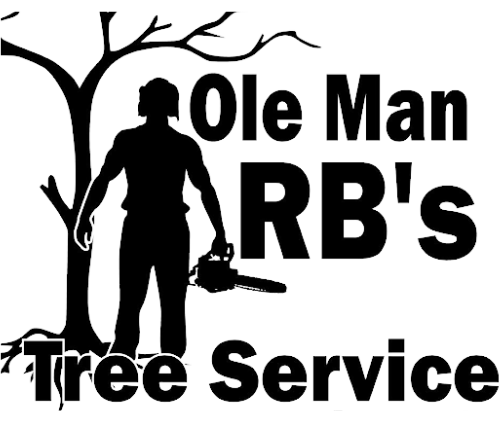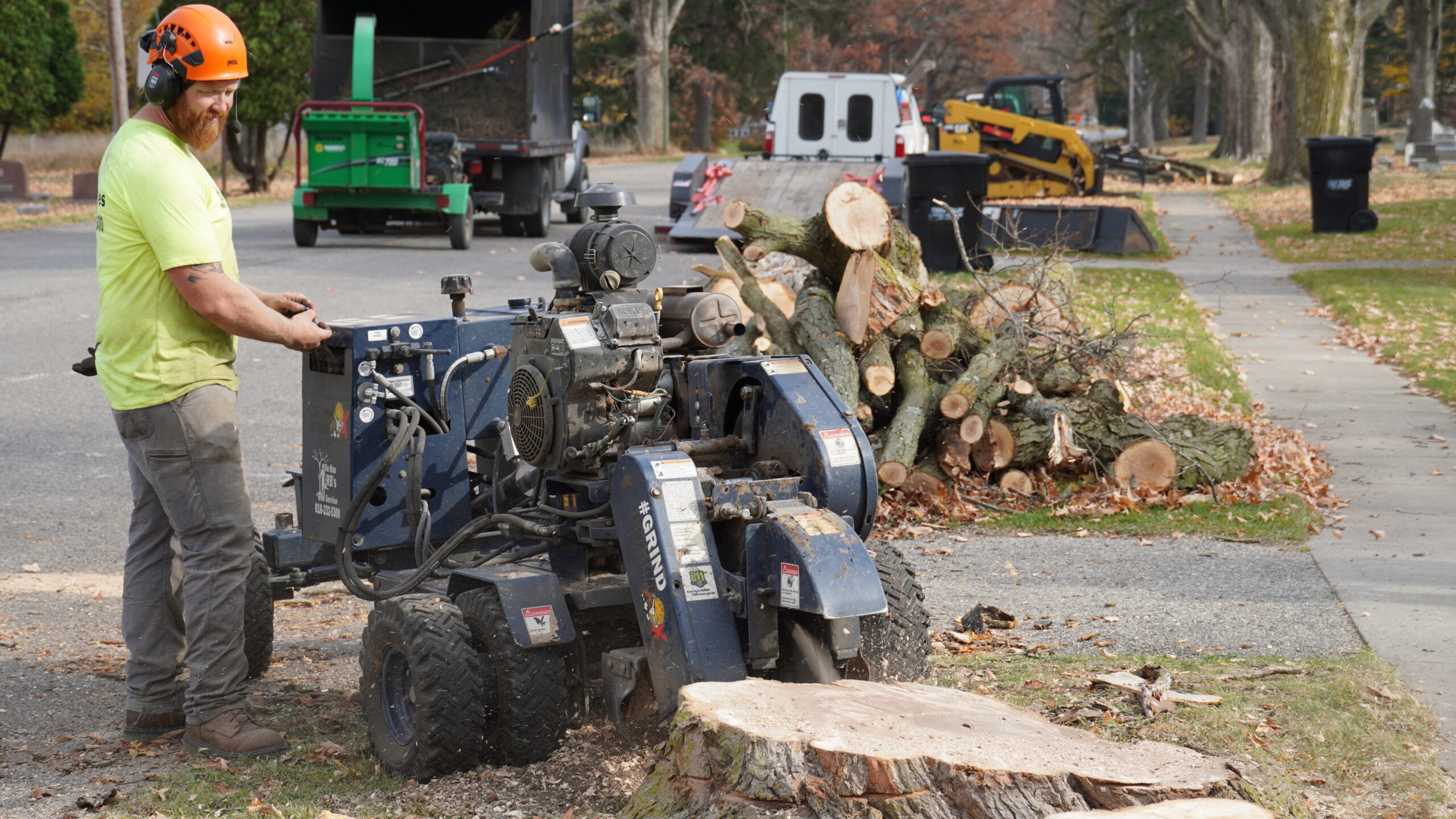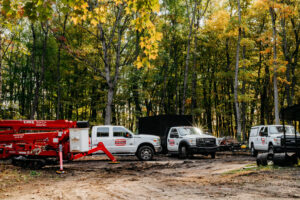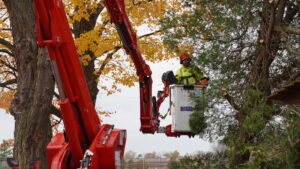When a tree comes down—whether due to storm damage, disease, or landscaping decisions—many homeowners and property managers make the mistake of leaving the stump behind. At first glance, that leftover stump might seem harmless, even rustic. But the reality? Ignoring stump removal can lead to serious, costly problems that impact your property’s safety, value, and appearance.
If you think stump removal is optional, think again. Here’s why eliminating that leftover stump is critical—not just for aesthetics, but for avoiding pests, hazards, and relentless regrowth.
1. Stumps Attract Pests—And Not Just the Ones You Expect
Dead tree stumps are a magnet for unwanted pests. As the wood decays, it becomes prime real estate for insects like termites, carpenter ants, beetles, and other wood-boring pests. While you might think, “It’s just in the yard,” these pests don’t stay contained. Termites, for example, can easily migrate from a rotting stump to your home’s foundation, leading to expensive structural damage.
Even worse, stumps can harbor rodents and snakes. Hollowed-out stumps create perfect hiding spots for mice, rats, and other critters looking for shelter. Once they establish a nest, your home or nearby buildings become their next target for food and warmth.
By removing a stump proactively, you’re cutting off a key habitat for pests before they become a larger infestation problem.
2. Hidden Hazards: A Safety Risk Waiting to Happen
That stump in your yard isn’t just an eyesore—it’s a liability. Whether on residential property, commercial landscapes, or public spaces, stumps pose a tripping hazard. Children playing, guests walking through your yard, or landscapers mowing the lawn can easily overlook a stump or its surrounding roots.
For businesses or rental property owners, this risk escalates. A simple trip-and-fall incident could lead to legal claims or insurance headaches. Even if you’re careful, exposed stumps complicate lawn maintenance, forcing you to navigate around them and increasing the risk of damaging equipment like lawnmowers.
Eliminating stumps removes these hazards entirely, making your property safer and easier to maintain.
3. Regrowth: The Tree That Refuses to Die
Many assume that once a tree is cut down, the job is done. But without stump removal, you’re inviting persistent regrowth. Certain tree species—like maples, elms, poplars, and willows—are notorious for sprouting new shoots from a leftover stump or roots.
This regrowth isn’t just unsightly; it drains nutrients from your soil, impacting nearby plants and turf health. You’ll also find yourself repeatedly cutting back shoots, only for them to return season after season. Over time, these stubborn suckers can grow into dense thickets, creating more landscaping challenges and increasing removal costs down the line.
Professional stump grinding or removal stops regrowth at the source, ensuring your landscaping decisions stick.
4. Stumps Decrease Property Value and Curb Appeal
First impressions matter—whether you’re selling a home, attracting tenants, or simply taking pride in your property. A decaying stump undermines the polished, well-maintained look that boosts curb appeal.
Potential buyers or clients see stumps as a sign of neglect and anticipate future costs to deal with them. Even if you’re not planning to sell, a stump disrupts your landscaping potential. It limits usable space, complicates garden design, and can interfere with hardscaping projects like patios, pathways, or driveways.
Investing in stump removal enhances the overall aesthetic and usability of your outdoor space, protecting property value in the process.
5. Disease Control: Prevent the Spread to Healthy Trees
If your tree was removed due to disease or fungal infection, leaving the stump can perpetuate the problem. Fungi like honey fungus thrive on dead wood and can spread underground through root systems, attacking nearby healthy trees and shrubs.
By removing both the tree and its stump, you reduce the risk of pathogens lingering in your soil and threatening the rest of your landscape.
Why Professional Stump Removal Is the Smart Choice
While there are DIY stump removal methods circulating online, most are inefficient, time-consuming, or outright dangerous. Chemical treatments can take months and pose environmental risks, while digging out a stump manually is backbreaking work—especially for large or mature trees.
Professional stump grinding offers a fast, effective solution. Using specialized equipment, experts can grind the stump down below ground level, eliminating the visual and structural remnants. This process prevents pest infestations, stops regrowth, and restores your yard’s functionality—often within a single day.
Additionally, a professional will ensure surrounding utilities, pipes, or irrigation systems aren’t damaged during removal—something DIY efforts often overlook.
Final Thoughts: Don’t Underestimate That Stump
It’s easy to overlook the importance of stump removal—until pests invade, someone trips, or your yard turns into a regrowth battlefield.
Eliminating stumps is more than a cosmetic choice; it’s a proactive step in protecting your property from hidden dangers, long-term maintenance headaches, and potential financial loss.
If you have a lingering stump on your property, don’t wait for problems to arise. Contact Ole Man RB’s Tree Service today. We’ll evaluate the health of your trees, recommend next steps, and help you take action before damage happens.




There is definately a lot to find out about this subject. I like all the points you made
very informative articles or reviews at this time.